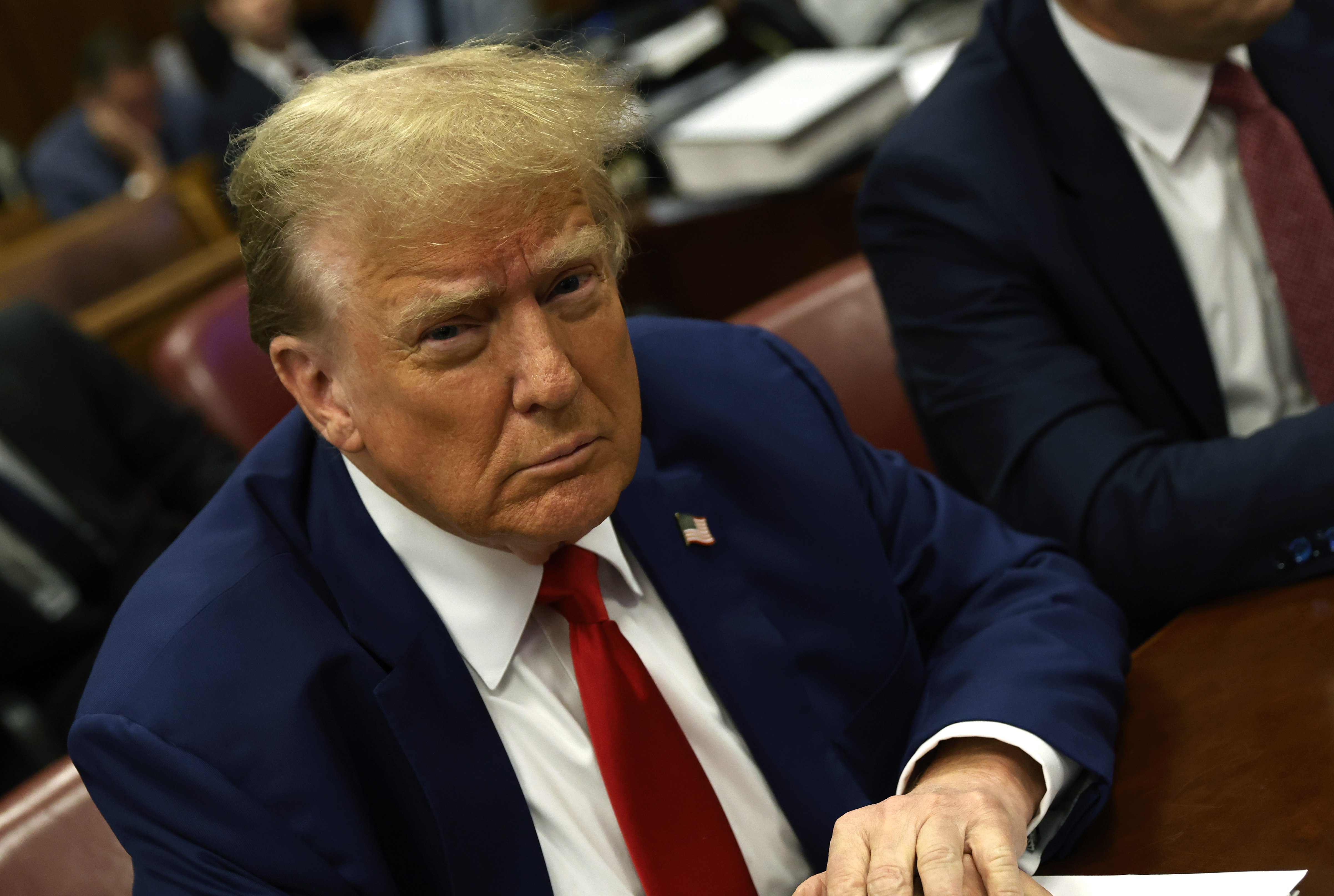Feasting On Festo
Designing around a competitor’s patent is a business practice that’s as old and venerable as patent law itself. But since a watershed 2002 U.S. Supreme Court ruling, more businesses have been turning to the technique to skirt patents belonging not just to competitors but to the companies’ own suppliers, experts say.
The result, says San Francisco patent attorney Philip Albert, is major cost savings for businesses that can design around their suppliers’ patented components. They can then assign the manufacture of the new components to cheaper overseas companies, he says.
“In theory, a single design-around could save [up to] a few hundred million dollars,” says Jeff Matsuura, director of law and technology at the University of Dayton in Ohio. All this is because of the Supreme Court’s landmark ruling in Festo Corp. v. Shoketsu Kinzoku Kogyo Kabushiki Co., 535 U.S. 722 (2002), which restricted the ability of patent owners to protect themselves against inventions that are beyond the literal scope of their patents.
Festo limited the doctrine of equivalents–a long-standing rule that protects a patented invention against a knock-off that has a minor difference, but is essentially equivalent to the patented invention.
The court held that if a patent holder amends its patent application, narrowing the scope of its claims to satisfy the requirements of patentability, then the doctrine of equivalents is presumed not to apply to the amended claims. A patent owner can overcome this presumption by showing, for example, that the equivalent was unforeseeable at the time of the application. But overcoming the presumption is not easy.
Festo effectively excludes many patents from the protection that the doctrine provided; these inventions are protected only by the exact terms of the patent. “Festo creates more of a bright line that enables attorneys to more clearly define what does and does not fall within the [patent’s] scope,” says Jack Barufka, a patent expert in suburban Washington, D.C.
As a result, companies are more willing to put design-arounds on the market, says Milwaukee patent lawyer Thomas Wozny. For instance, he says, two of his clients recently decided to go ahead with new products that design around patents owned by larger rivals. It is far from clear that these two small companies would have reached the same decisions before Festo, Wozny says.
Festo also provides companies with a “road map for how to design around a patent,” Matsuura says. If Patent and Trademark Office records reveal that a patent’s claims were amended for patentability, “You could copy all of the original patent but make some minor modification to one of the amended claims, and you will have effectively designed around the original patent,” he says.
A Little Help for Lawyers
In at least one way, Festo has made life easier for patent lawyers. Writing opinion letters is more straightforward, says Wozny, chair of the Patents Division of the ABA Section of Intellectual Property Law. “When clients ask for my opinion on an infringement issue, I can generally give them a more definite answer” than in the past, he says.
On the other hand, Festo has put pressure on patent lawyers to write more precise patent applications to prevent future design-arounds.
“Patent attorneys have to look into their crystal ball more than they used to,” says law professor Theodore Bolema of Central Michigan University. They need to write patent applications that take into account new developments that might occur within the 20-year life of the patent, he says.
This will mean longer and more detailed patent applications, according to Wozny. “Companies will now spend more on patent prosecutions,” he says. Overall, the increase in design-arounds is beneficial for the public and the economy, Barufka says. “You are engendering competition in an area where you were expecting monopoly.”
Write a letter to the editor, share a story tip or update, or report an error.


